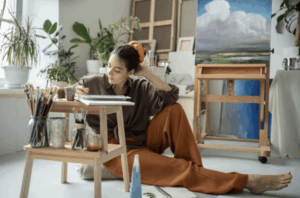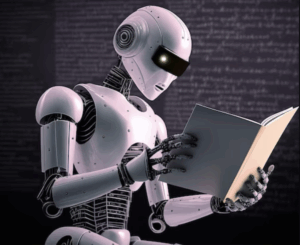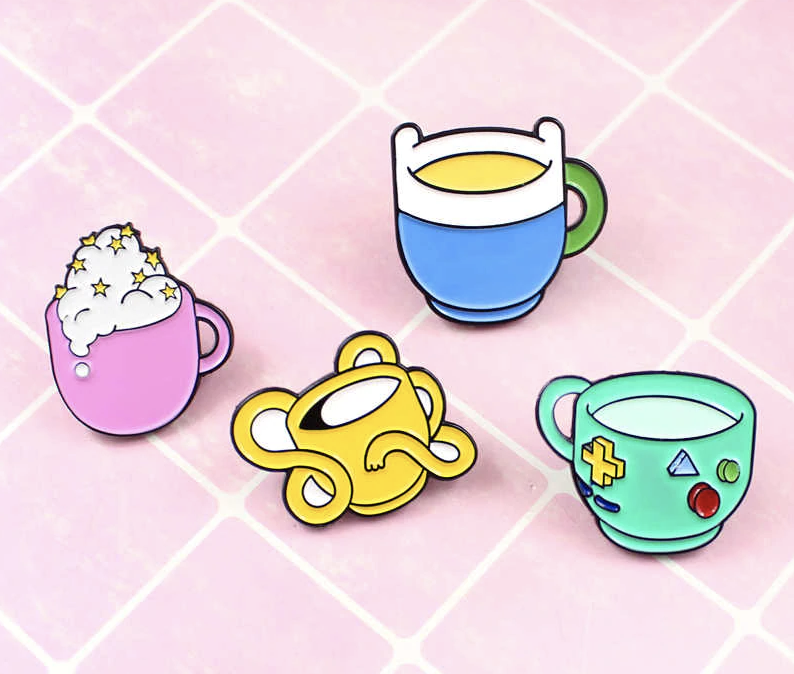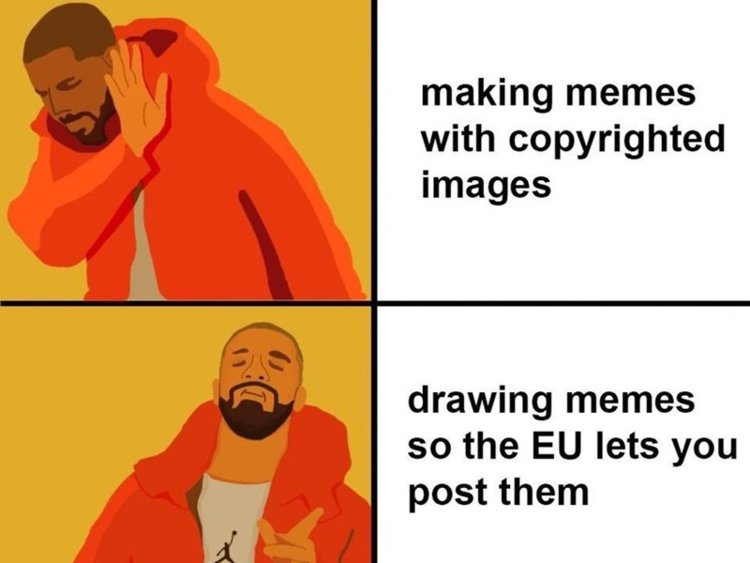
AI-generated art has become one of the biggest debates in creative fields today. Platforms like DALLE, MidJourney, and Stable Diffusion allow anyone to type a few words and instantly create images that look like paintings, digital illustrations, or even movie storyboards. Now of course, this seems super exciting at first thought, I mean it is technology that makes art so much more accessible, but it also raises some real tough questions. Are these tools helping creativity grow, or are they just taking away from human artists by using their styles without permission? When art is created by a machine trained on millions and millions of existing images, it blurs the line between inspiration and exploitation.
AI art is often marketed as “democratizing creativity,” since people without traditional training can just create something that looks so professional. A great example of this is that a high school student can design a futuristic city for a video game in minutes without needing years of practice. This seems positive, but the process behind it is much more complicated. AI models are trained on massive datasets pulled from the internet, which usually include artwork from real artists. These artists often never gave permission for their work to be used, and they don’t get paid when AI images in their style are generated (Elgammal, 2023). Sort of similar to college football video games being stopped after 2013 because of lawsuits based on using college athletes’ names and faces. In that sense, the technology is benefiting from their labor without credit or compensation.

Another prevalent issue is authenticity as art has always been tied to human emotion, effort, and imagination. When someone spends weeks painting a mural, the final product carries their personal story. An AI, however, does not feel or live through anything and it just produces based on patterns. This difference can fully change how people value and view art. For example, in 2022, an AI-generated piece called Theatre D’opera Spatial won first place in a Colorado State Fair art competition and beat many human artists. The backlash was very strong because many felt that using a prompt machine was not the same as actually creating the work itself (Vincent, 2022). I mean, where is the emotion, effort, and storytelling?
Money also plays a massive role in all of this. Many companies are now using AI art instead of hiring illustrators or designers. This cuts a lot of costs but at the same time takes away jobs from freelancers who depend on commissions. A video game company, for instance, might decide to use MidJourney to create character designs rather than pay artists. This type of “shift” makes the industry more efficient no doubt, but it also risks the undervaluing of human labor. In comparison, copyright laws for music and film are much stricter as artists receive royalties and protection. In visual art, AI has exposed a big legal gap, where original creators do not always benefit from the work their art produces.
Art for the longest time has also carried identity, and cultural meaning. When an AI tool can imitate an Indigenous artist’s style without context, it can risk misrepresenting or even erasing that cultural importance. If Native American beadwork patterns or African tribal designs could be generated in seconds by AI, some may view this as stripping their original meaning. This type of creative borrowing can cross into exploitation, where culture becomes much more of an aesthetic to sell rather than a story or culture to respect.
With all that being said, AI art is not completely harmful. Some artists use it as a tool, combining AI with their own edits to brainstorm ideas or speed up projects. An example may be a graphic designer using AI to generate rough drafts and then add personal touches. In these cases, AI becomes similar to Photoshop, an assistant rather than a replacement. But the concern is that companies and individuals may overuse AI for profit without protecting the humans who gave these machines the ability to learn in the first place.
The solution may lie in stronger governmental protections. Laws could require AI companies to pay into funds that support artists whose work was used in training data. Platforms could also add systems where artists can opt out of having their work scraped. Clearer copyright rules would ensure that when AI-generated art makes money, the human artists behind the styles benefit too. If that doesn’t happen, the future of art could be just dominated by algorithms while the people who shaped creativity in the first place are left behind.
The bottom line is that AI art works. It is without question a creative tool that can generate powerful images. But just like those college football players back in 2013 that I mentioned earlier, AI-generated art often puts artists in a system where they lack power and protection. The problem isn’t the tool itself, but the structures around it. If society wants both technology and creativity to thrive, it needs to make sure artists are treated fairly in the process.






